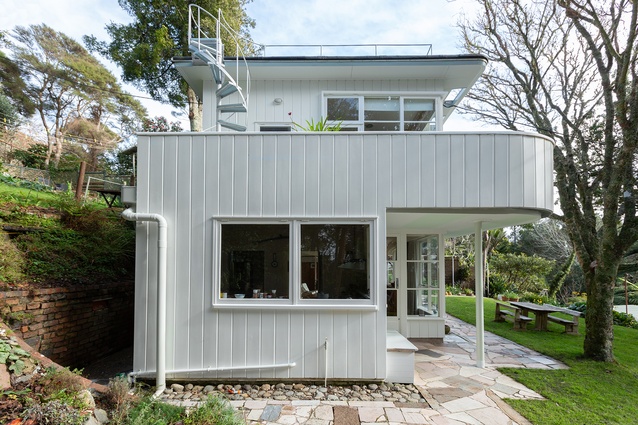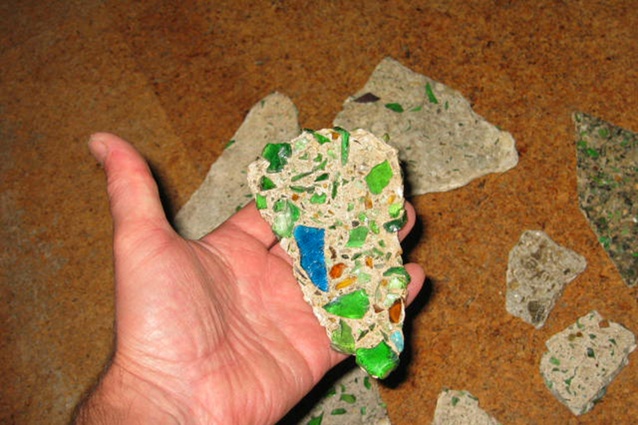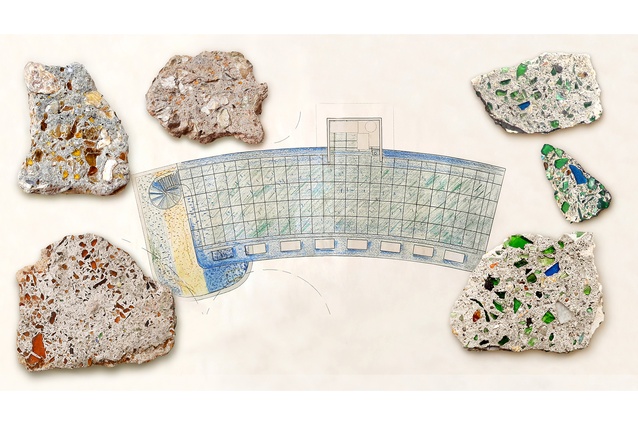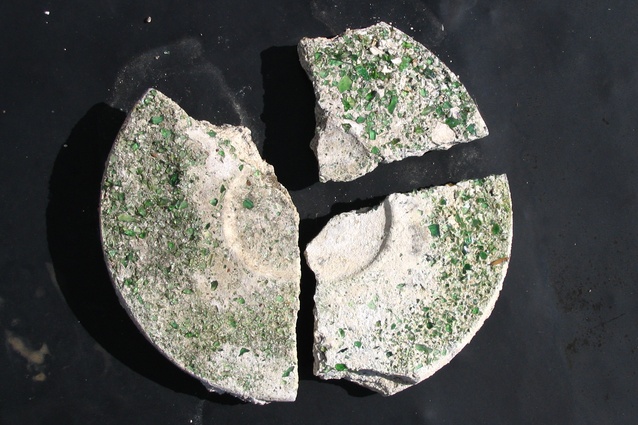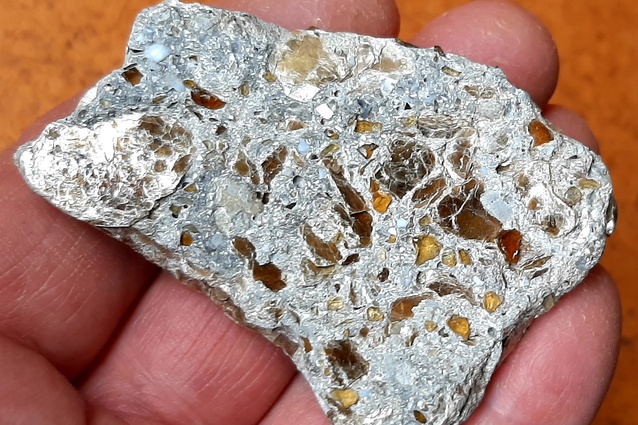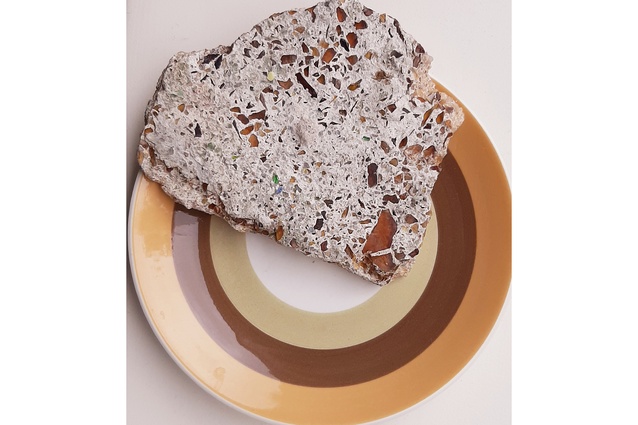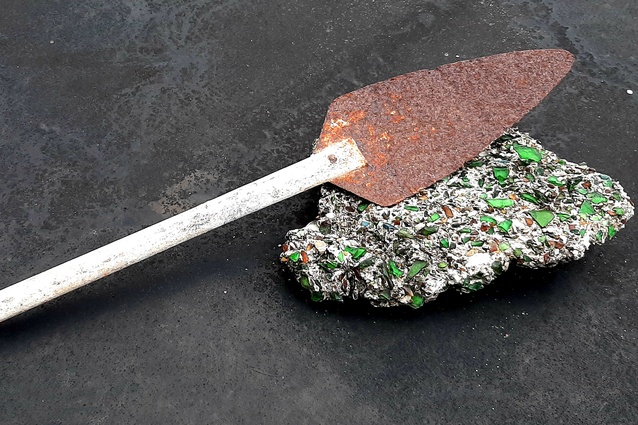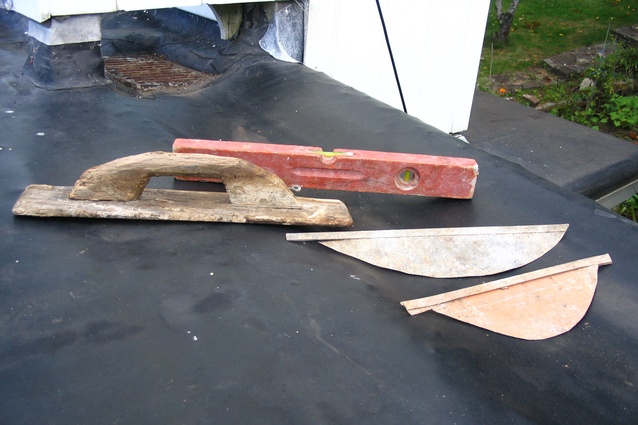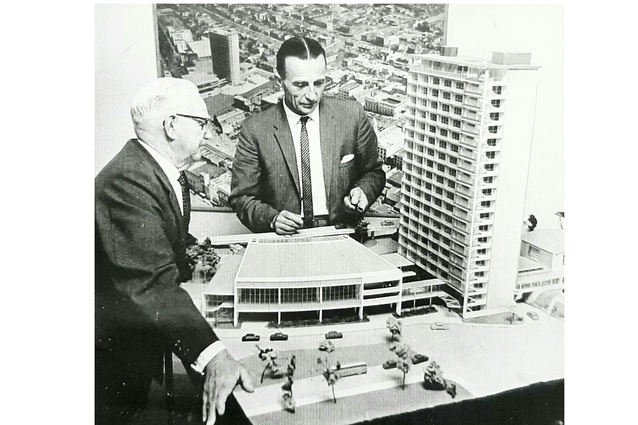Concealed forever – Tibor Donner’s extraordinary roof
The 75-year-old Donner House will be open to view during this year’s Auckland Heritage Festival, on Saturday 30 September and Sunday 1 October (12pm to 4pm) at 50 Kohu Road in Titirangi. Current custodian, architect Paul Jenkin, recounts a fascinating and little known story about its once shining roof.
The first task back in 1998 when I took on the Donner was to re-roof so as to ensure a dry interior. This was the year of the great drought, where we were asked to only flush number twos, conserve water and pray for rain. When it finally came, we experienced the true extent of ‘the leak problem’, and the suspended paint cans hanging from mangled coat hangers hooked from roof trusses, as visible through holes in the upper-level ceilings, became better understood.
Donner House was, for all intents and purposes, one of the leakiest structures ever, and this sugar cube, mid-century modernist icon experienced an epic failure, with Donner forced to endure this throughout the latter part of his life. It is, indeed, a sad tale and one Donner probably never shared, since everything he had created by way of a decorative finish to the roof had to be overcoated with a myriad of painted-on products in order to stem the flow. In sharing what that original roof looked like, I celebrate the incredible energy and passion this man had in his pursuit of the beautiful.
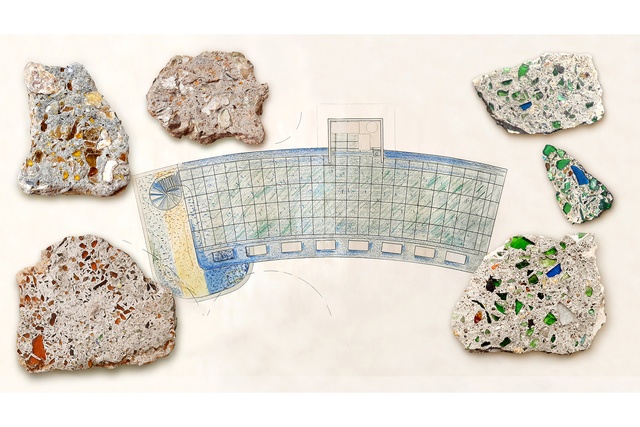
The roof as it was constructed in 1947 comprised of deep trusses front to back, diagonally planked forming the diaphragm, with loads carried to ground via a shear wall to the front façade. Atop these wide timber planks, molten tar was spread like thick butter, then an intermediate layer of loose pumice-like fill was applied to even out the fall, a layer of cement type pavers, then a second layer of molten tar, topped off by a loose pebble mix. This was more typical of commercial buildings of the time, and of course Donner was well involved in many such projects at the time of building his own home. It was the drying out and shrinkage of the tar layers that led to the epic failure, and this failure was repeating itself all over Auckland, wherever tar was used as the primary waterproofing medium. It was good for about 35 years, then the second layer failed soon after, and now you had leaks in roofs that were untraceable.
Some 20 years after the roof had been built, and only after Donner had secured enough old green-blue wine bottles from all sectors of staff at council, he began the process of laying the final finish by first curving the hardwood battens longitudinally, and then creating the rectilinear pattern by radiating each infill member like the spokes of a wheel, thus forming the 120 individual bays within which his crushed glass and cement mix could be spread.
The lower deck had a similar composition in glass but with a band of beer-bottle-brown glass and yellow and ochre ceramic chip reputedly pozzled from Crown Lynn’s waste bins. This band was liberally sprinkled with a glistening and reflective gold chip. The glass and ceramic were smashed, screened and tumbled in a butter churn to soften the edges. At about the same time, the Council’s Administration Building viewing platform, the best view in town for Aucklanders in the ’70s, was being topped off in the same crushed glass medium.
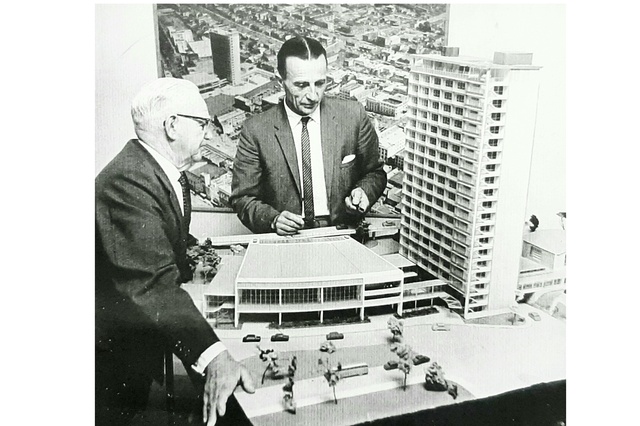
I began finding small segments of green-blue glass, some of it embedded and glistening, much of it in the gardens surrounding the house. I found the hardened and banged out bases of mixing buckets and great chunks of excess cement with colored chips within. I discovered a mixing and production midden with the ground littered with glass but had no idea what this all meant because the roof, when I arrived, was fully painted out with silver paint. Some areas were still painted in a black bitumen product, mostly intact, but many areas were lifting and clearly deteriorating.
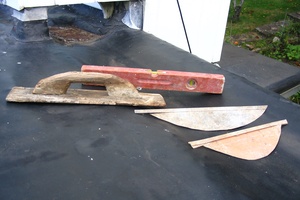
The painting out of this beautiful roof was the only possible solution to remedy the relentless drip, and this must have been an incredibly sad and worrying time for an aged Donner, particularly as he had to part ways with his glistening message to the gods, a beautiful surface that had taken many months to create. My immediate task was to weatherproof the house and I opted for a fleecy-backed EPDM membrane with vents. In choosing a new drainage sump location to better drain a slumped surface that was pooling badly, I managed to hit both hardwood fillet and glass impregnated biscuit all in one, and the riddle of the roof had been discovered. I now understood what the unique hand tools were, the templates, spirit level, float and the ever-present specks of coloured glass.
This roof of extraordinary beauty remains forever intact and encapsulated by virtue of need. It cannot be liberated and will never again see the light of day. Its remaining function is one of thermal mass. So, long live the modern, you beautiful old leaky!
For more info on the Donner House and Studio tour, click here.

